“The economic potential of the country should be considered as the material basis of national security.”
National Development Strategy of the Republic of Tajikistan for the Period up to 2030
The Aga Khan Foundation (AKF) is working in partnership with the Government, international community and local private sector to build a more prosperous Tajikistan for all. Agriculture comprises over 22% of Tajikistan’s GDP, and we are supporting farmers and micro- to medium-sized companies to increase their productivity, expand their reach beyond the borders of Tajikistan and create jobs for the population.
We work with producer groups to form clusters. These enable them to collaborate and learn from each other to improve their agriculture production, marketing and distribution, reaching larger markets. AKF also supports farmers to increase their financial literacy and remove barriers to accessing finance.
Below, meet some of the farmers and other rural inhabitants we are working with.
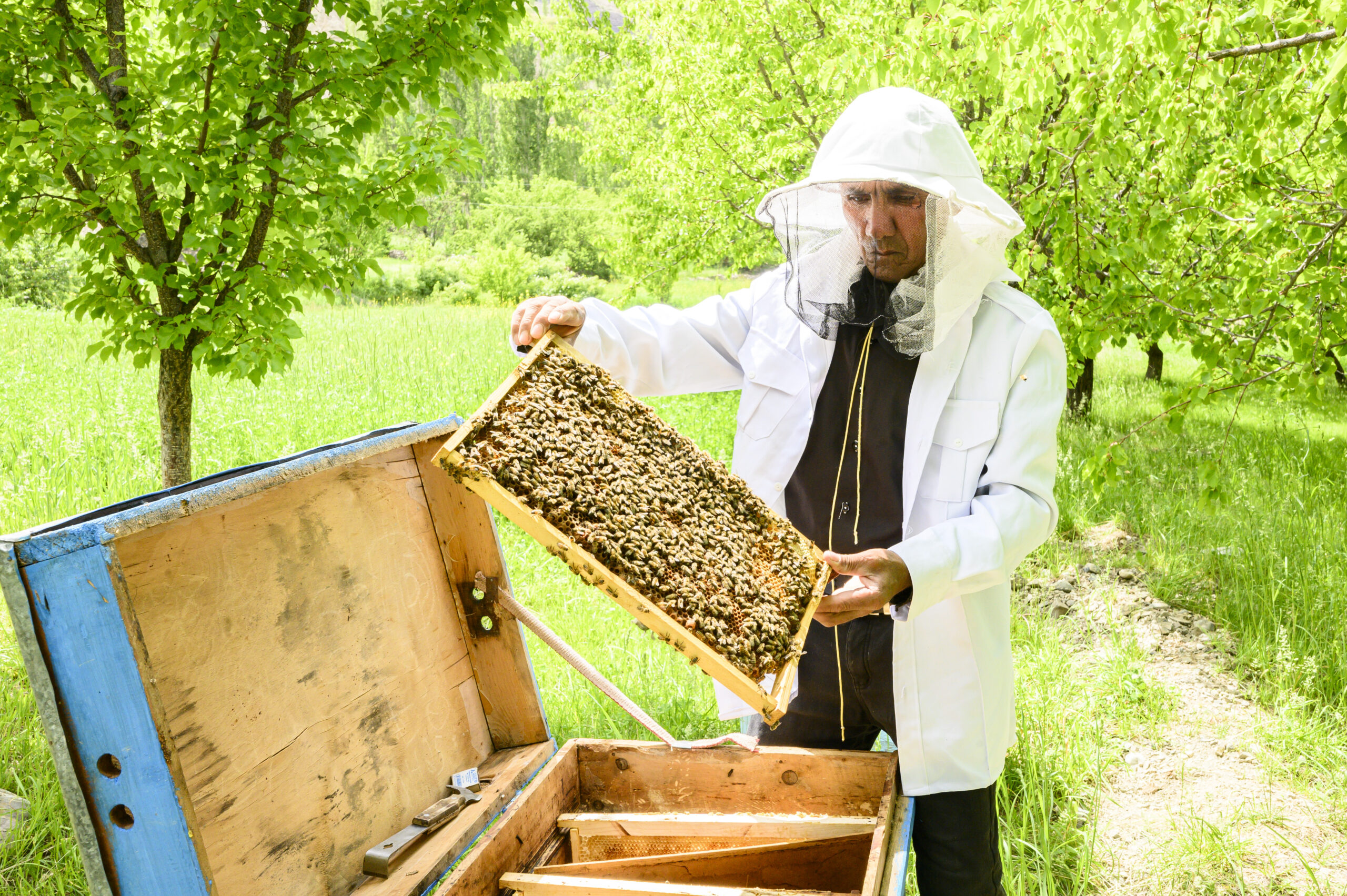
Boosting businesses
Sixty-year-old Hikmatov Mirzo, of Veshab Village, Aini District, Sughd, was a farmer but has been beekeeping since 2005, when he realised he could make a good salary through an activity he loves. He has 20 bee hives, which in 2022 gave him 500kg of honey. “You have to be patient and hardworking,” Hikmatov says. “My secret is my experience, learning, experiencing, and seeing the experience of other beekeepers.”
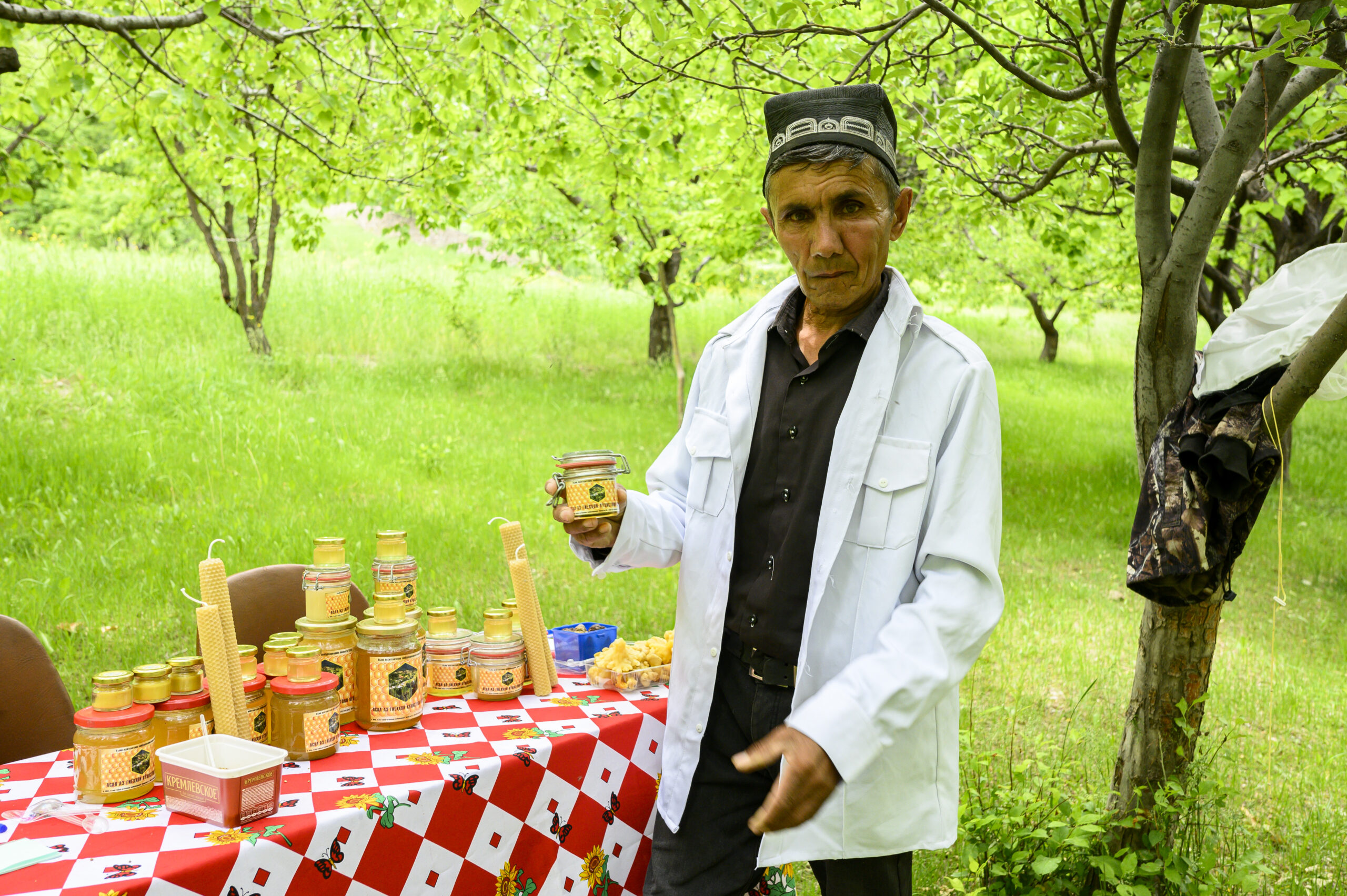
The AKF-initiated Mountain Societies Development Support Programme (MSDSP) engages communities in projects which create opportunities for increased income and improve community access to quality education, health and agriculture. Hikmatov attended MSDSP seminars on how to keep bees during the winter season, increase production and market his honey. During the training, he attended exhibitions in Dushanbe and Khujand, connecting with two new buyers.
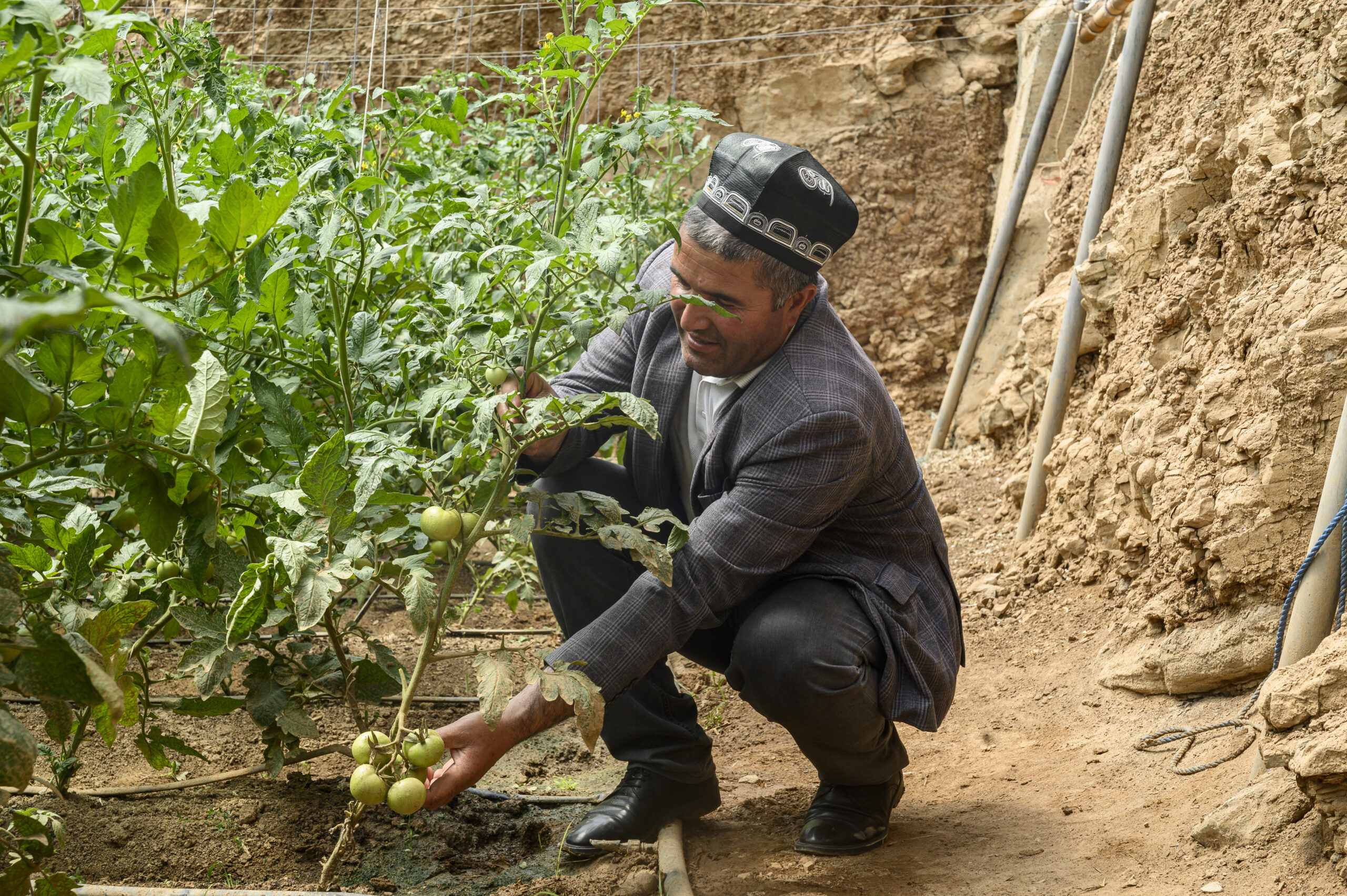
Khushvaqtov Junaidullo lives in Pushti Qurghon village, Panjakent, with his wife and eight children. He learned to farm from his father, and grows potatoes, carrots, fruit and more to sell to local markets.
He attended training through MSDSP in 2018, where he was advised to buy a greenhouse. Now he can grow tomatoes in any weather, previously too risky a crop in this mountainous part of Tajikistan.
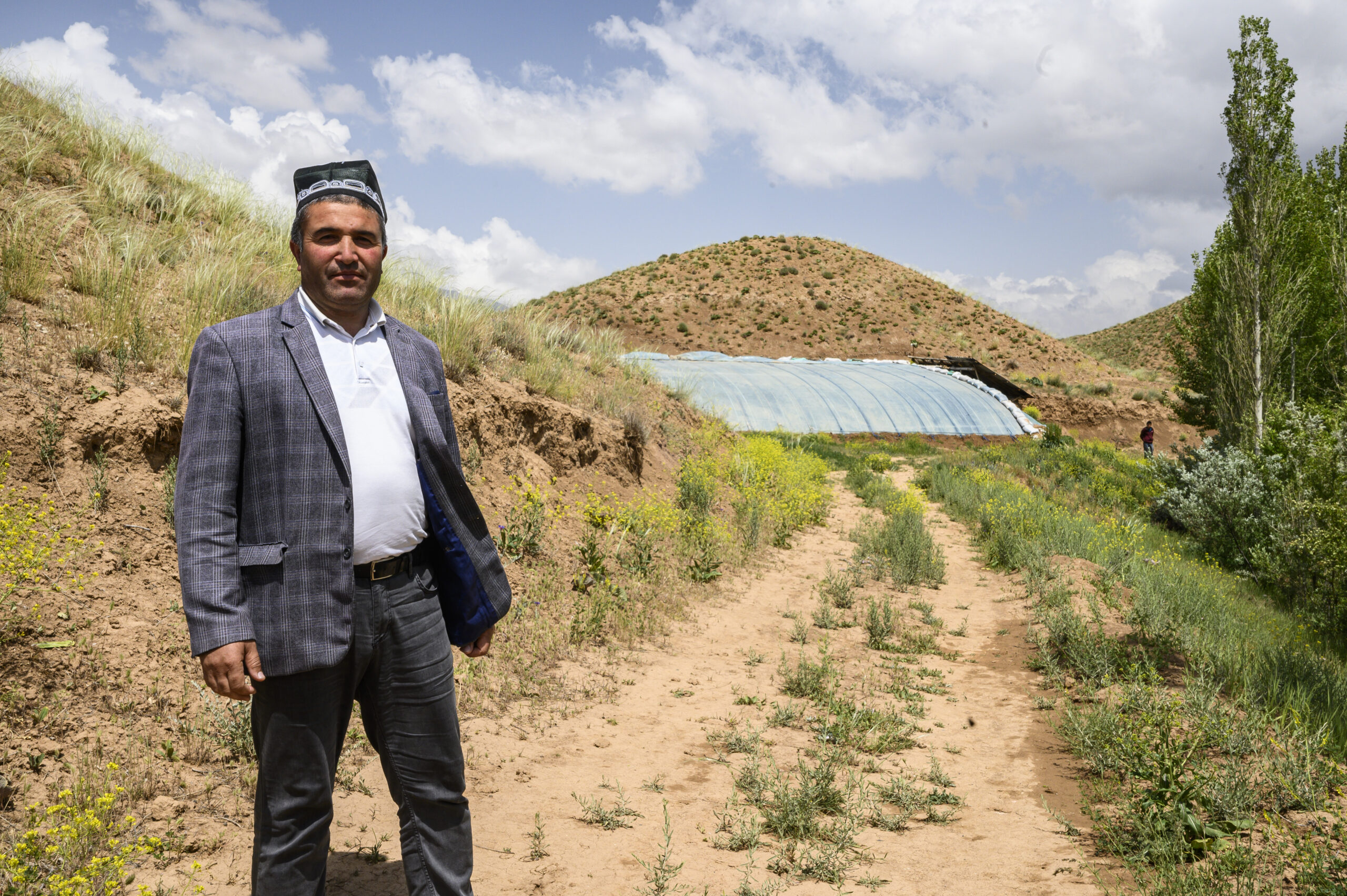
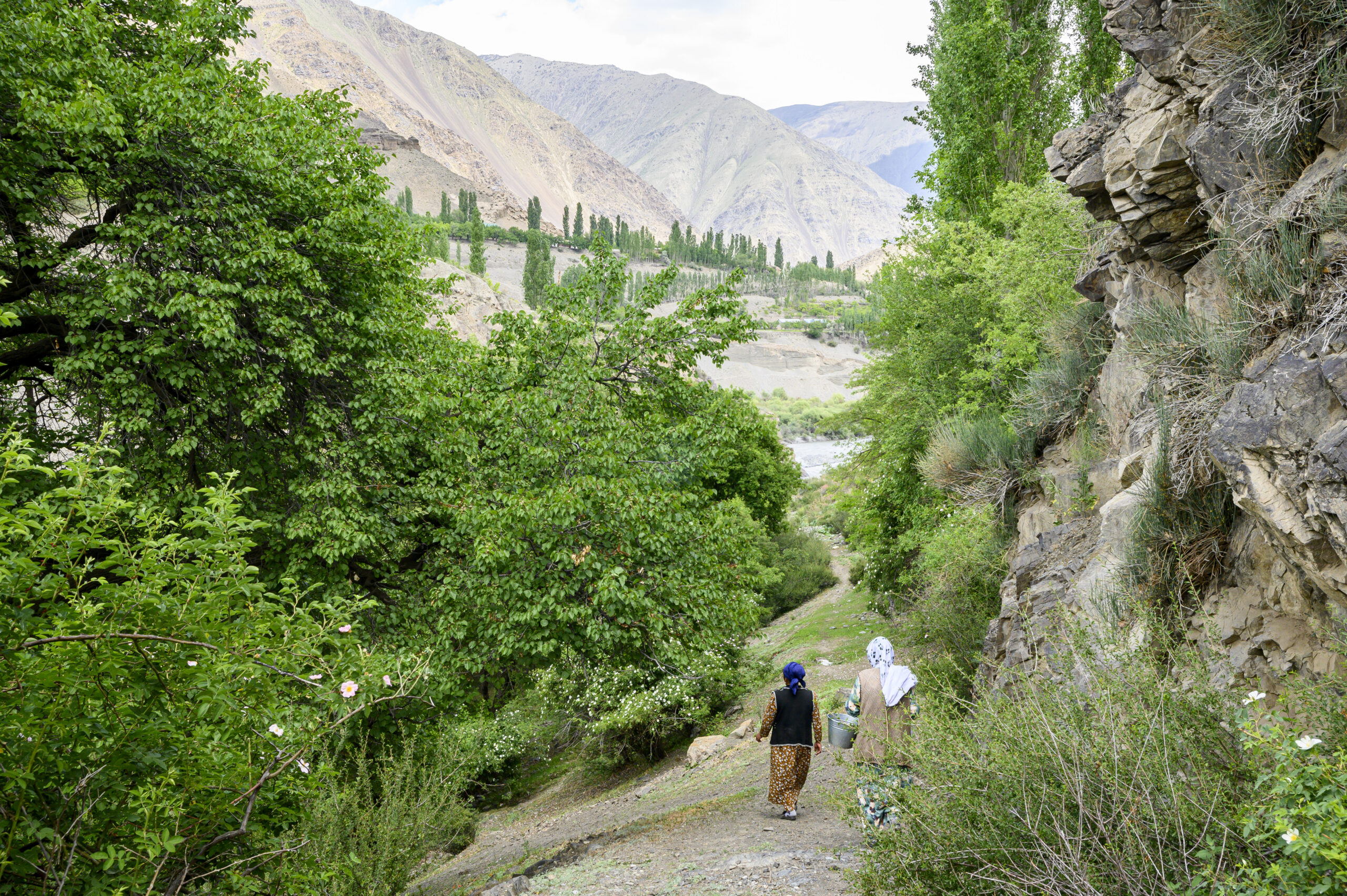
Working together
In Fatmovut Village, Ayni, the three cows per family (on average) are important assets. Kholiqova Jumagul, who has four children and a husband who works as a bulldozer driver, has two cows, producing 18 litres of milk per day between them. But when trying to process and sell the extra milk to make a profit, she was limited to making dried milk balls and yoghurt.
In 2017, AKF encouraged women making dairy products to form a cluster. Kholiqova and nine other women joined the Iftikhor women’s group. They received a separator, to separate milk from butter. Now she can also make butter and sour cream. She uses three litres of milk at home, making dairy products with the rest and selling her products nearby.
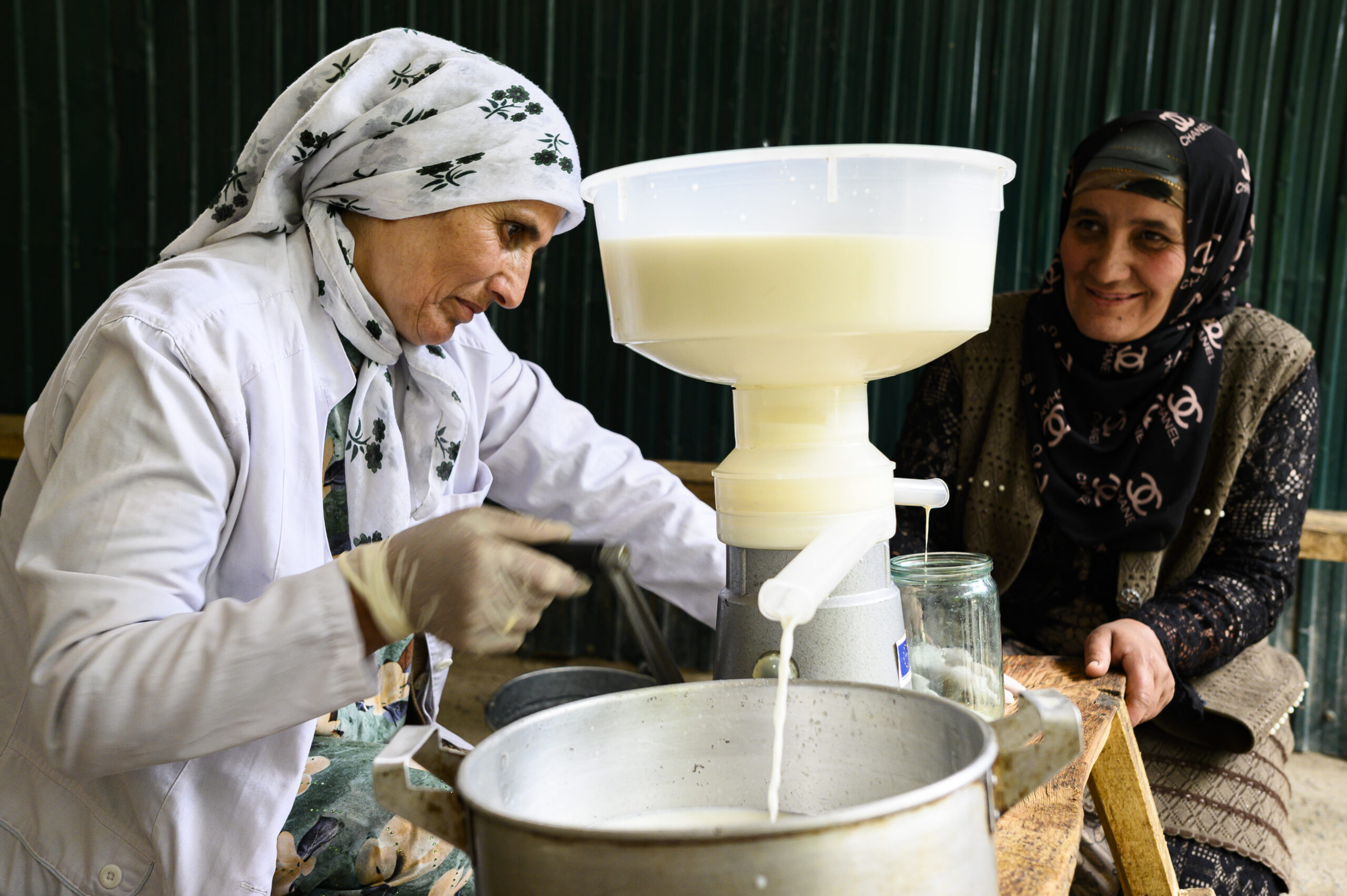
The cluster now has 25 members, aged from 40-60. Together they plan to buy other breeds of cows, which produce more milk, to increase the scale of production.
“Before we were housewives, farmers, teachers, and nurses and did not make much out of it. Now the revenue we make from producing and selling dairy, we spend for the household, education and weddings of our children.”
Kholiqova Jumagul
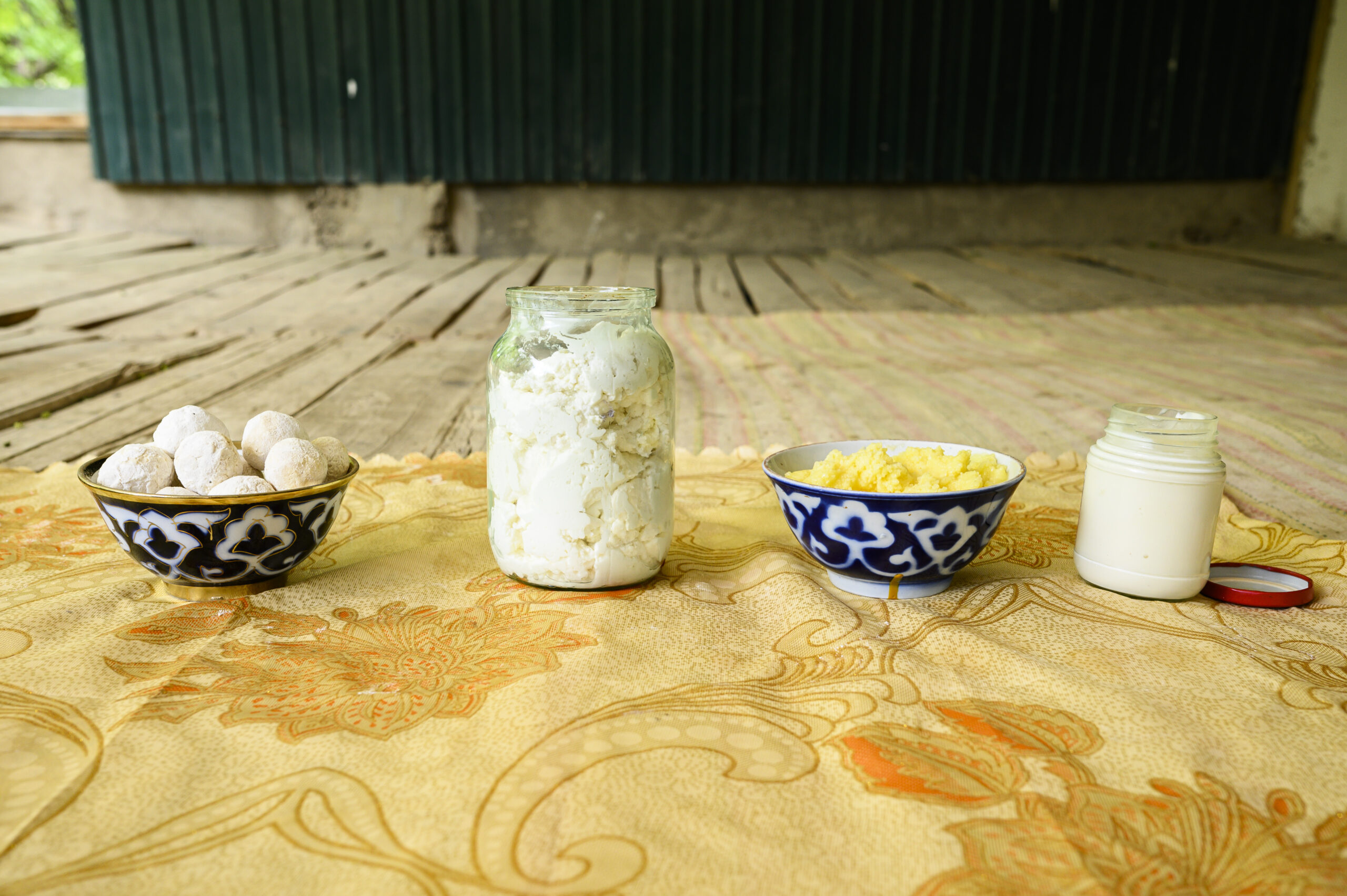
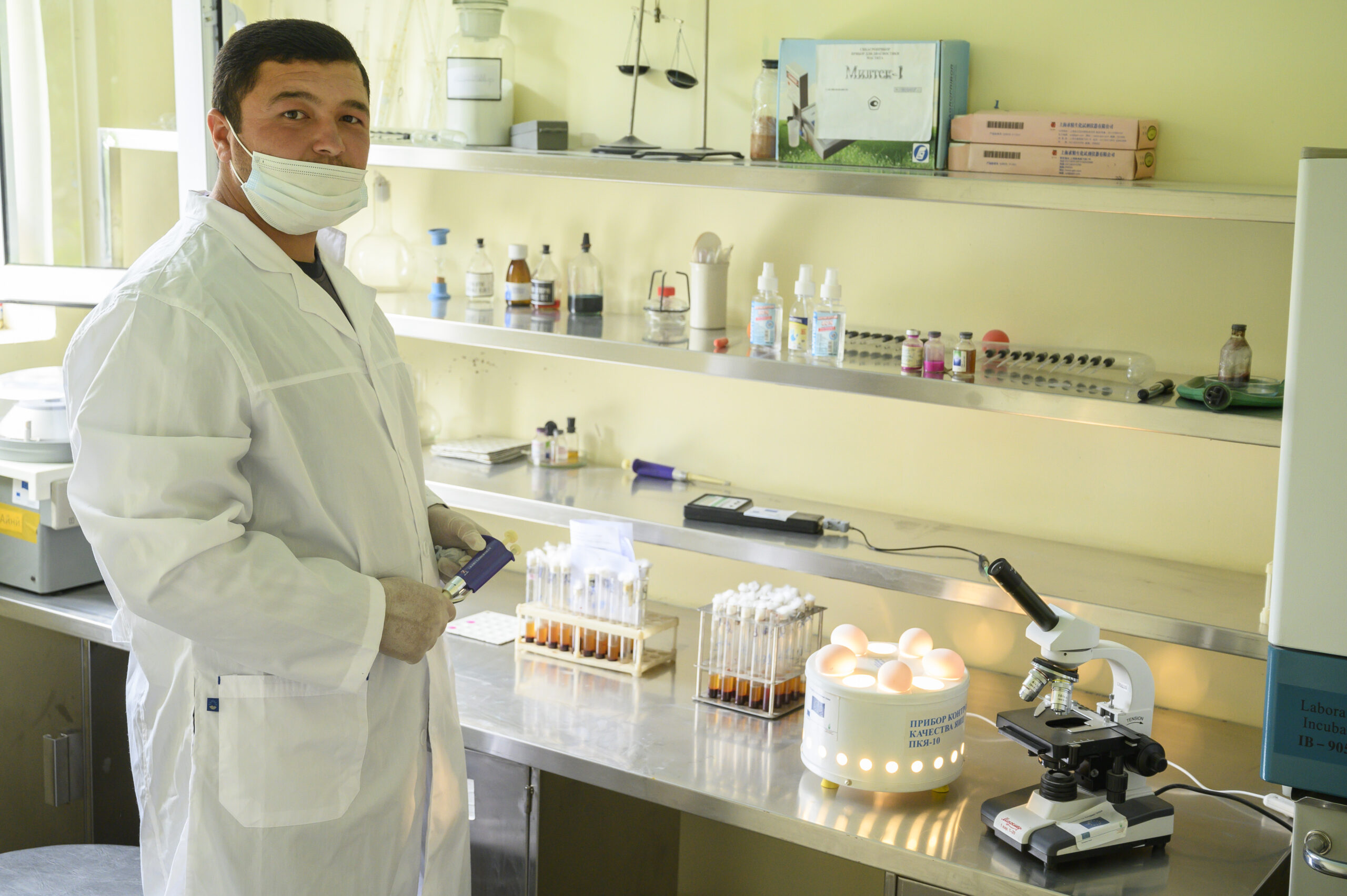
Support for livestock farmers
Like the Iftikhor group, many farmers in Ayni District, Sughd rely on their livestock to provide dairy products and meat throughout the year. However, the lack of diagnostic and preventive measures against brucellosis, which affects the animals and can cause endocarditis or meningitis in humans, was resulting in the spread of infection and economic loss. Testing was only available three hours drive away, in Panjakent.
In 2017, an AKF/European Commission programme, Improving Livelihoods and Food Security through Sustainable Natural Resources Management, established a livestock laboratory in Ayni. “There are eight vets, one per Jamaat, who collect the blood of the livestock from the Ayni District and bring it here for the test,” explains laboratory assistant Himoyat Aslanova.
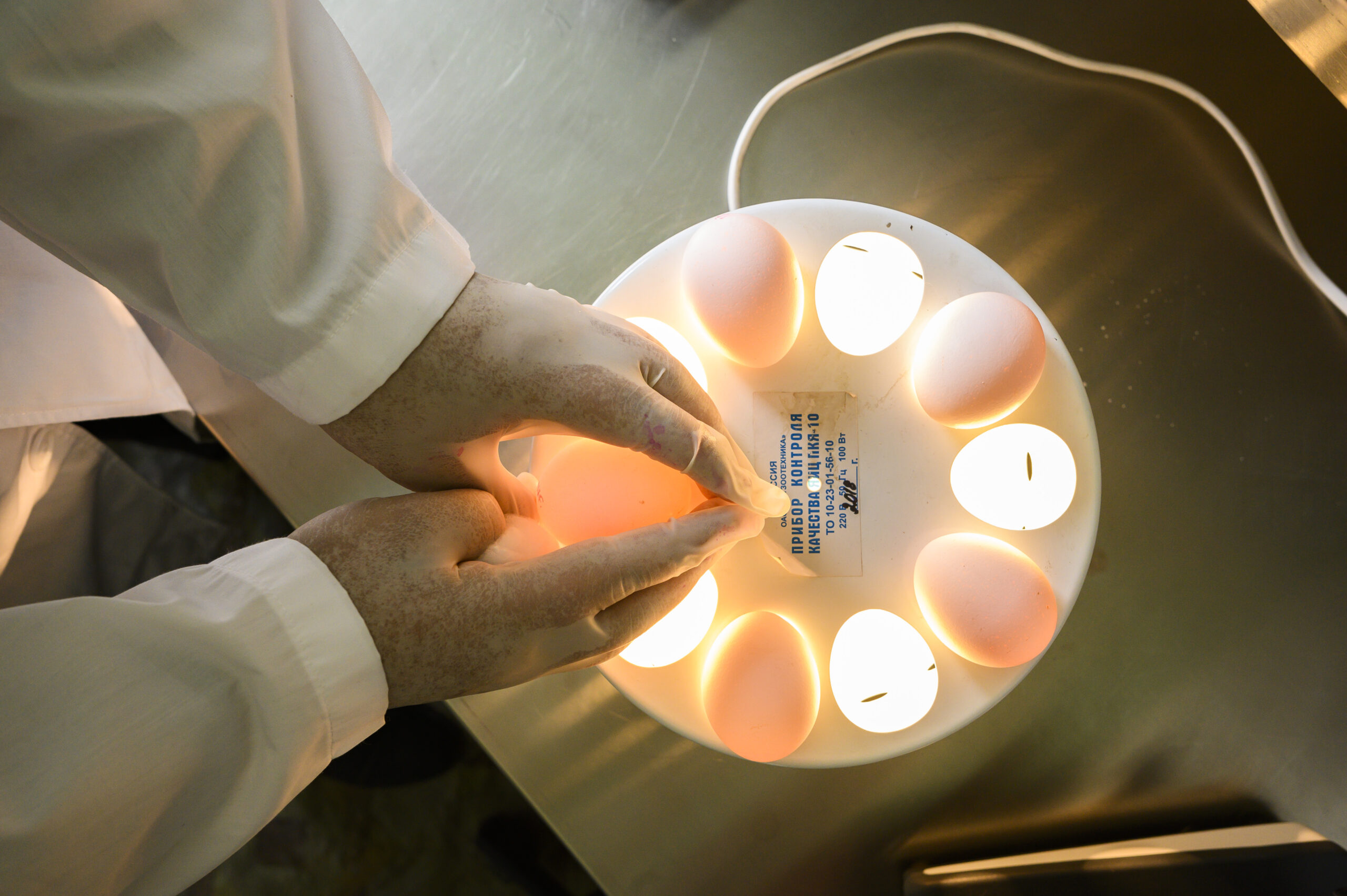
The laboratory is equipped to detect zoonotic diseases in cattle, goats and sheep, and has a microscope, fridge, incubator and ovoscope to test egg quality. Between January and May 2023, before the livestock were moved to the mountains for the summer, the staff ran 5,000 analyses of cattle and nearly 3,400 analyses of sheep.
The farmers were initially unwilling to accept the free testing, concerned that their animals might have to be killed. However they have found that regular testing has caused the number of animals diagnosed with brucellosis to decline from 40-45 cows per year to three or four. The last case, in May 2023, was in Zerbad Village, where two vets went to assist.
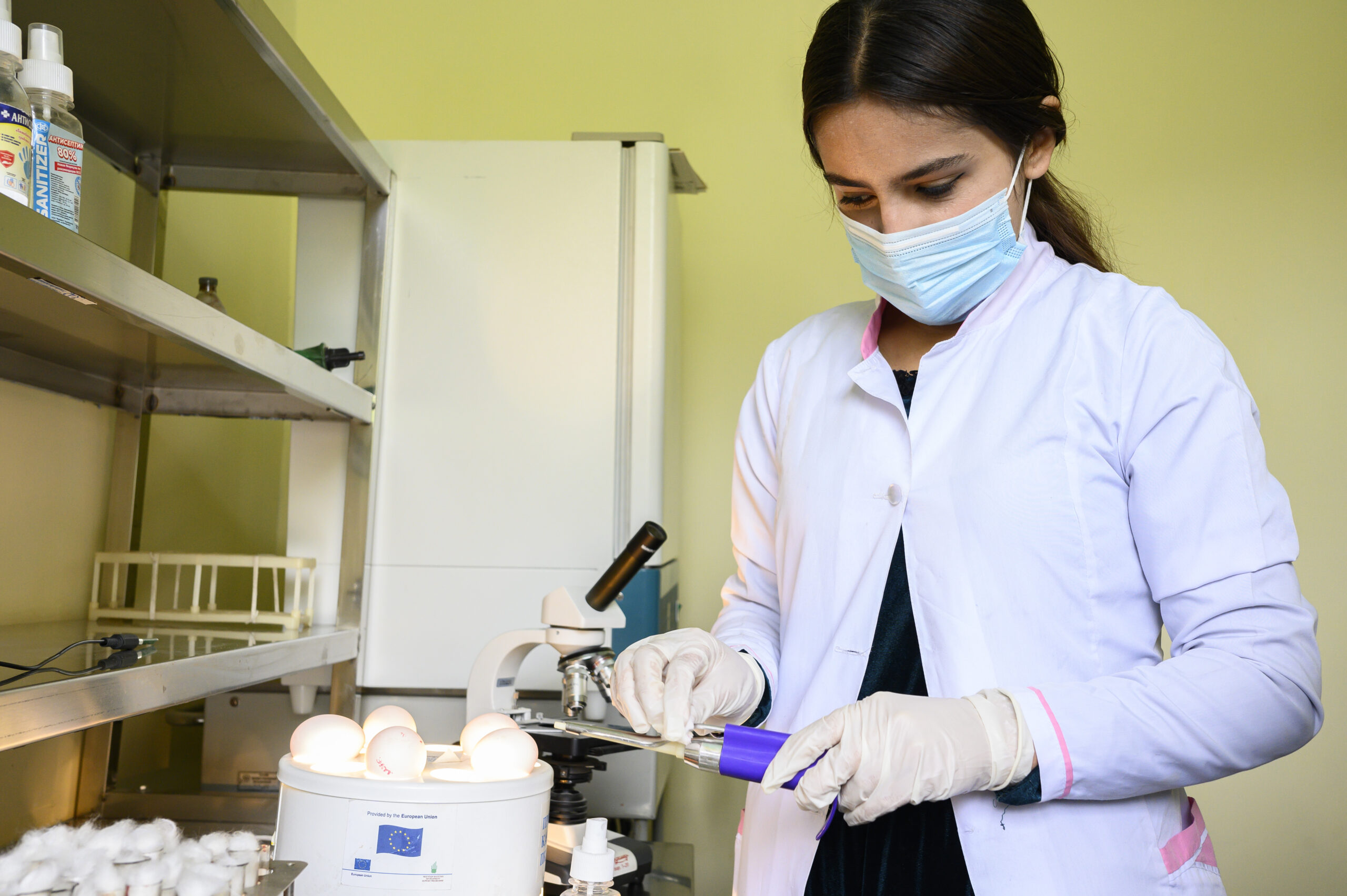
Qurbonov, who farms rice, potatoes and corn, also owns six cows, five sheep and three goats. He is a member of the village rice cluster, for which MSDSP part-financed a motoblock (small tractor) in March 2023.
Qurbonov was chosen to purchase the motoblock, as he had the expertise and the finance to contribute 9,000 somonis ($824) to top up MSDSP’s 20,000 ($1,832). It is rented to other members of the cluster for five somoni ($0.5) per acre of land and double that amount for non-members. This enables them to cover 0.2 acres of land in an hour with little effort, compared to three to four days by hand. Qurbonov hopes to reimburse his contribution during the harvesting season.
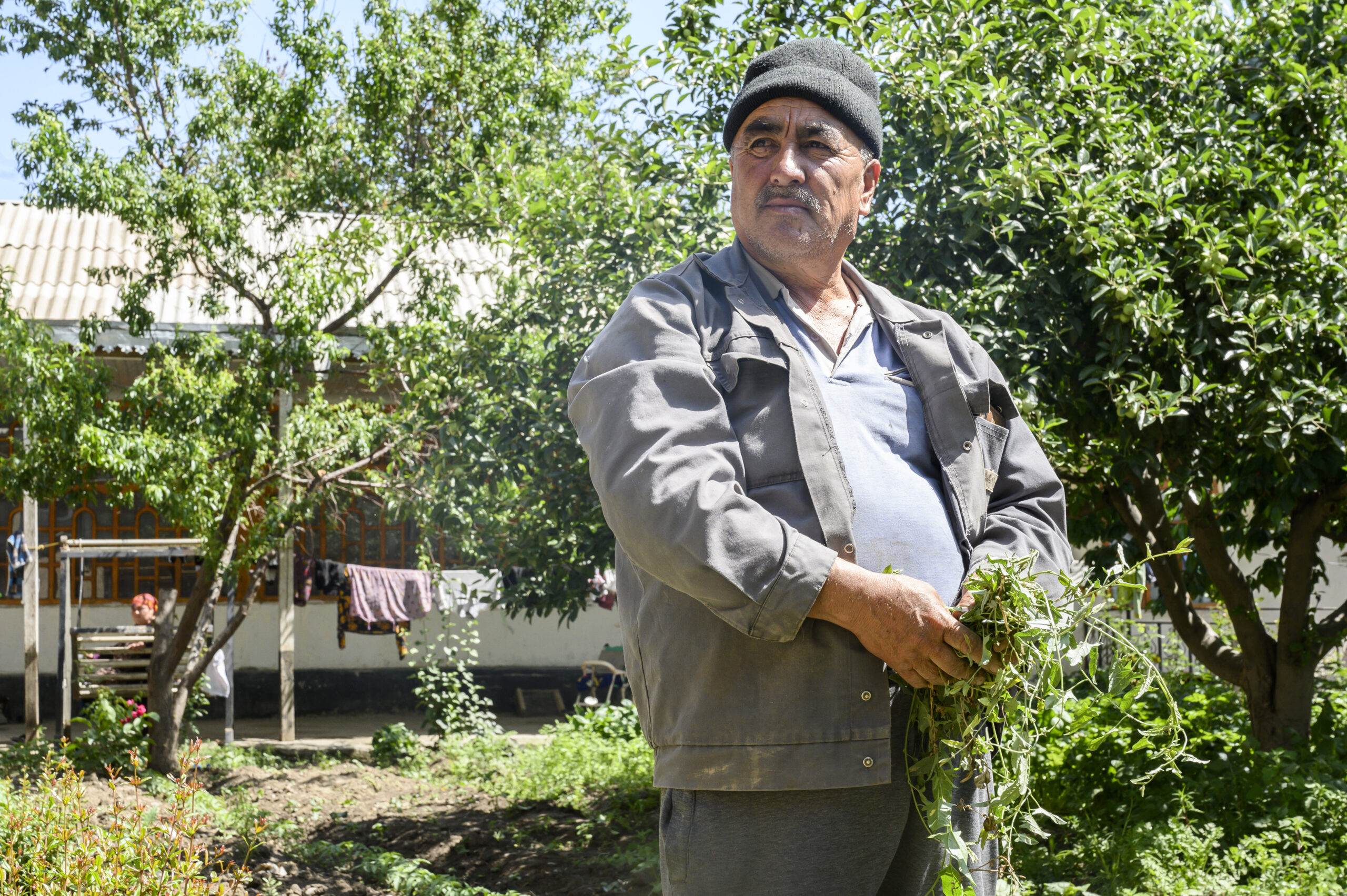
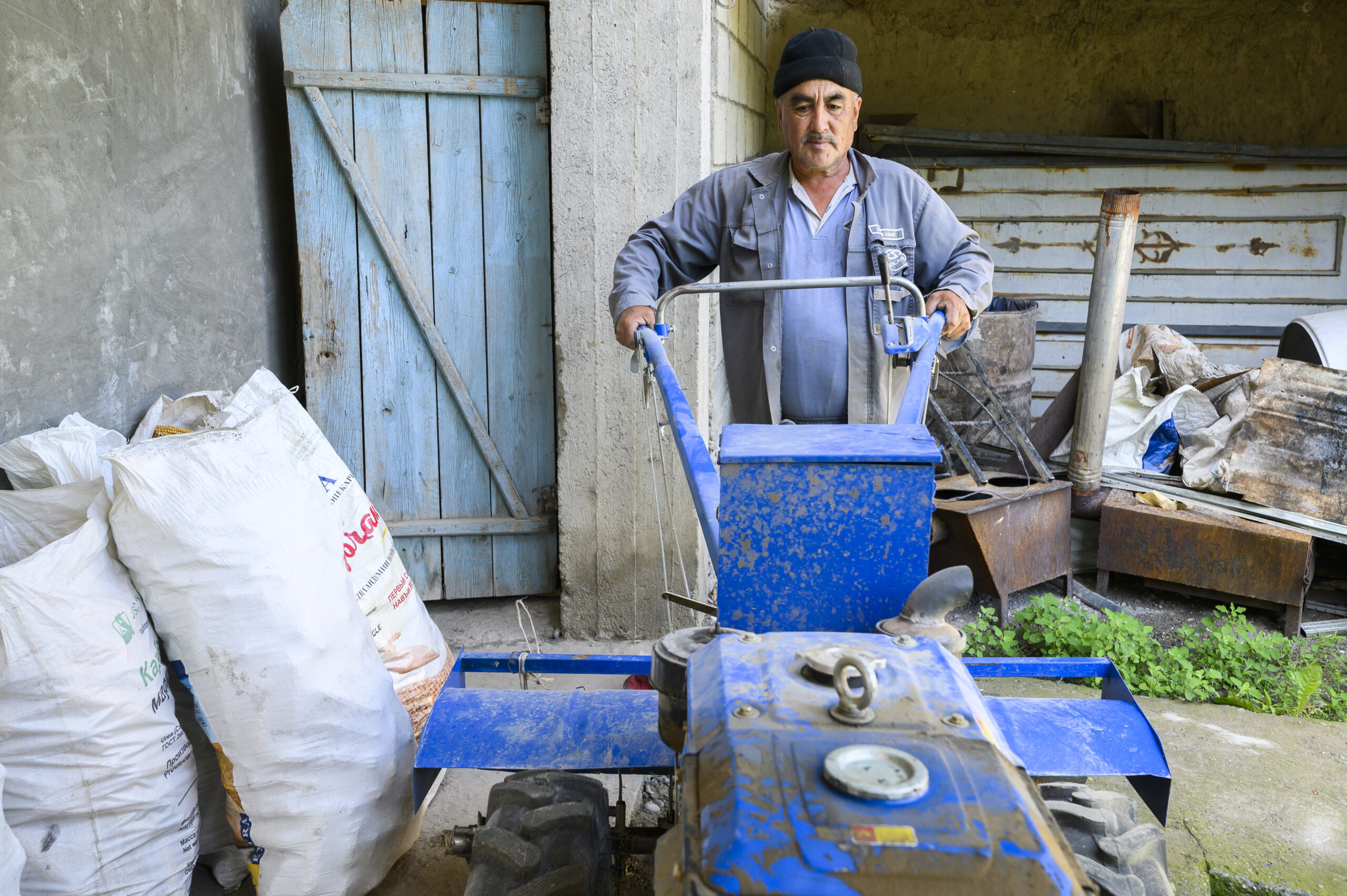
Taking community groups to a new level
Karimova Sumangul, from Dusti District in Khatlon, was inspired by one of the small businesses supported by AKF in Rasht. “When I saw the village, it was full of beautiful fences made of cement blocks. It looked so neat in comparison to our green aluminium fences, so I wanted the same beauty in my village.”
The Thrive Tajikistan: Partnership for Socio-Economic Development project, co-financed by USAID and AKF, gave her a machine to produce cement blocks, training in its use and a tour of best practices in Rasht, where she encountered different shaped blocks that were in high demand in her village, Pasariq. She formed a common interest group to lead a cement block business. She now hires three men and aspires to further expand the business.
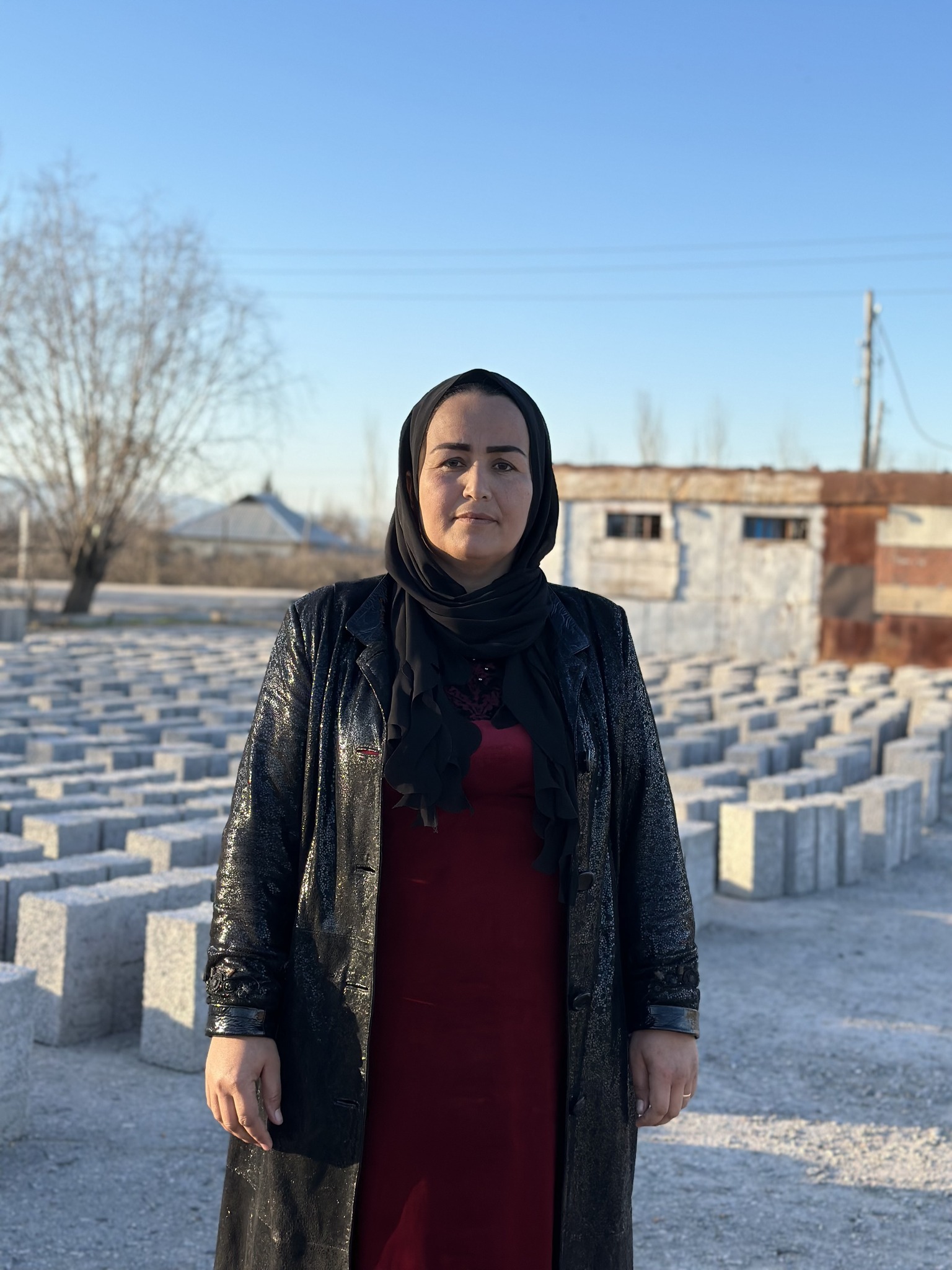
This article was originally published by the Aga Khan Development Network.




